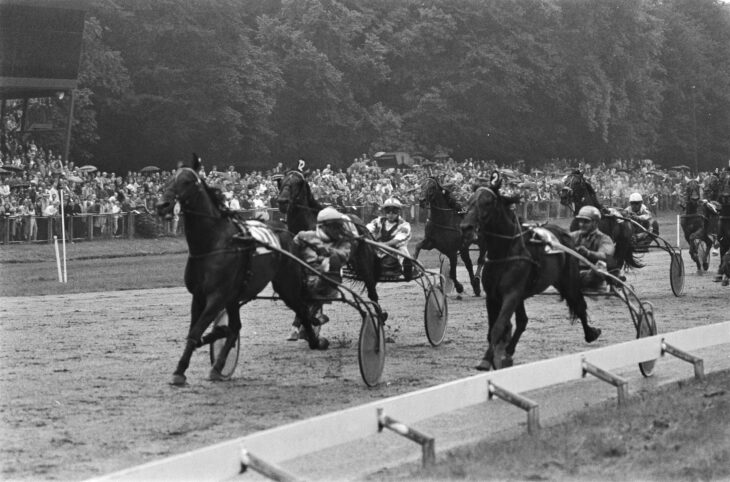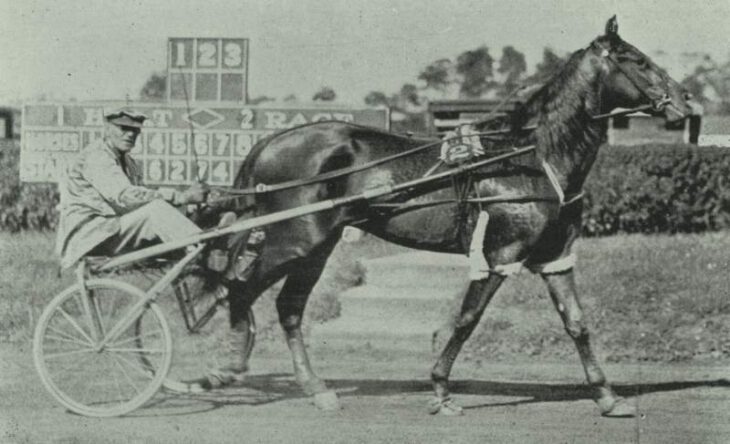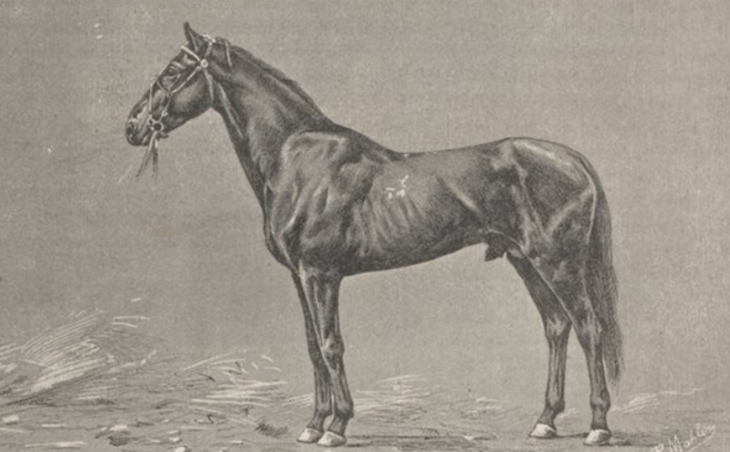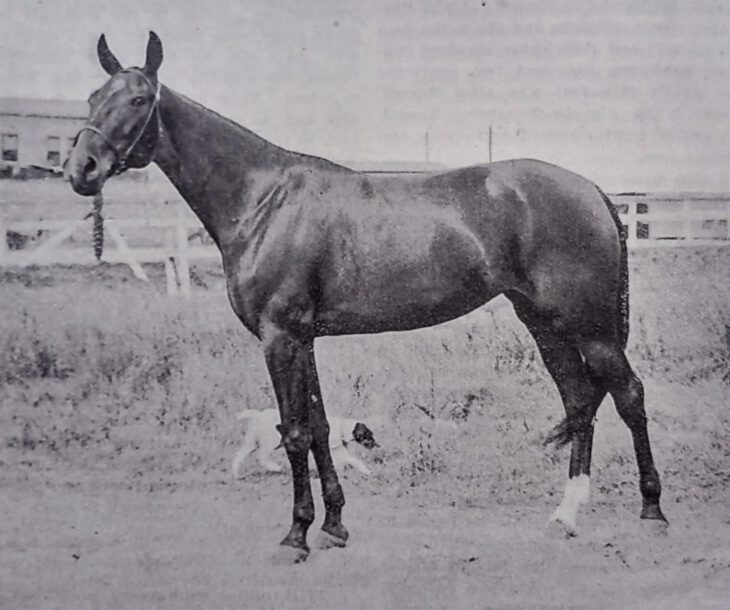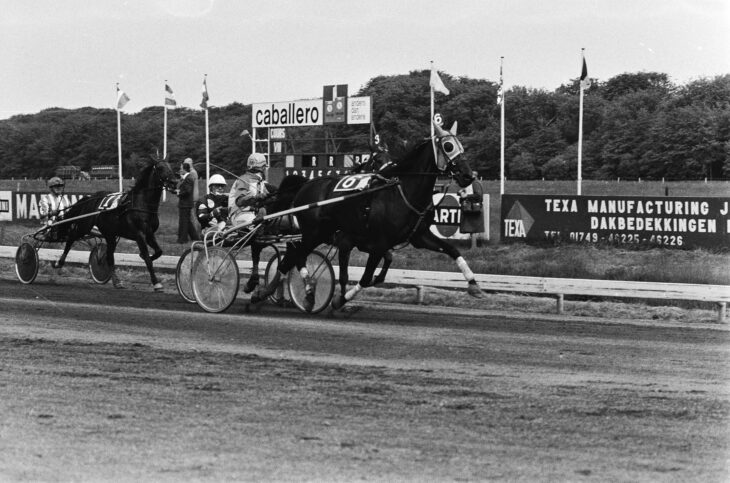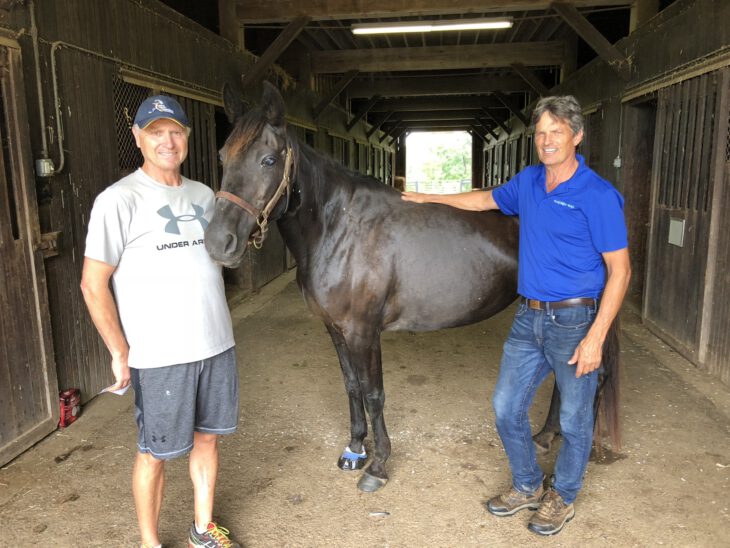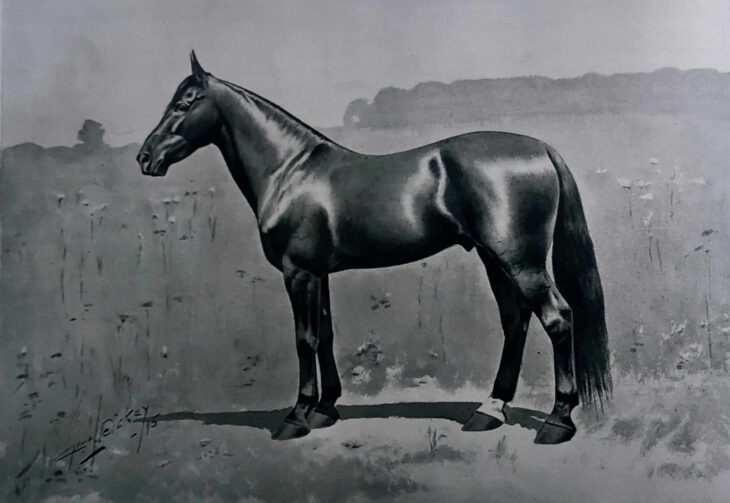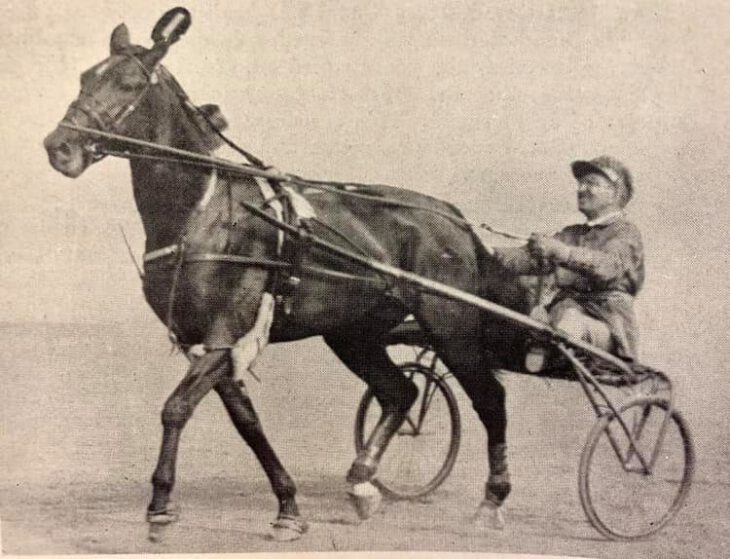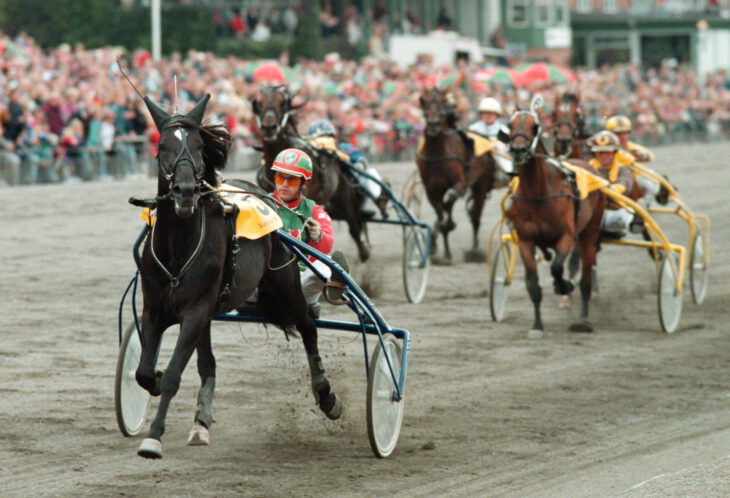He was a nasty colt, and the only – to date – Elitlopp-winner to be led to the winners’ circle by two grooms holding a chain. The blue-blooded trotter Jorky was no treat to be around, and he was a handful for his opponents as well. The only horse to win all four group I-Criteriums in France, Jorky was a mean superstar.
Read More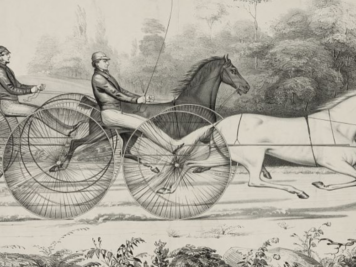
The Old Grey Mare of Long Island
Known as the “The Queen of the Turf”, she was the first to break the magic 2:30 barrier. A victim of bad and harsh...
Read More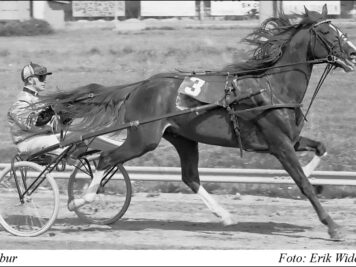
The rejected champion
French trotters that visited Sweden in the 50s tended to dominate and the desire to bring in French bloodlines were very strong...
Read More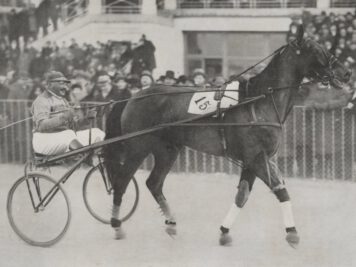
The forgotten Queen
While the first French trotting queen, Uranie, was wholly French-pedigreed, her successor was a great early example of the...
Read More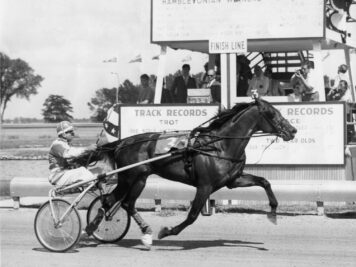
The flawless one
From humble beginnings, he became one of the best three-year-olds, then went on to dominate as an aged trotter. In was at stud he...
Read More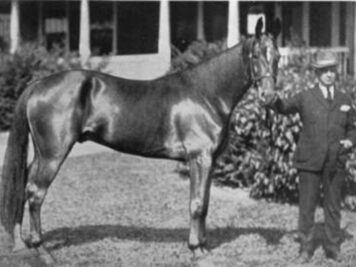
The first pride of Hanover
He was the world’s first 1:56 trotter and a prized possession of Lawrence Sheppard’s fledging Hanover Shoe Farms...
Read More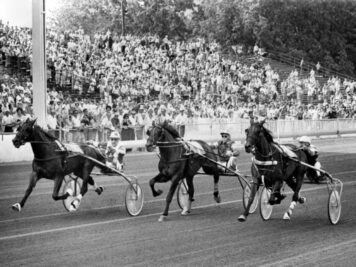
The hybrid
The idea of crossing trotters and pacers is nothing new, and every so often a star trotter with this background emerges. In the...
Read MoreThroughout history, several early favorites have missed out on the Hambletonian. In virtually all cases, though, it’s been a matter of illness or accident. That was not, however, the case with the super-talented Fireglow. Close to 100 years later the circumstances of his death are still shrouded in mystery. The question is, did somebody kill the “the greatest talent ever” just a few weeks prior to the Hambletonian?
Read MoreHe was one of the thousands of Orlov trotters exported from Russia in the golden age of the breed. Kozyr found a new home in France, was one of the best aged trotters in France for several years and is today found in every French pedigree.
Read MoreHe was the unlikeliest of Hambletonian heroes. His breeder felt forced to buy his dam despite not wanting her, and also felt cheated when he first saw his new broodmare. His trainer cheered for another horse. His driver felt so sure he couldn’t win that he didn’t even invite his family. But in the 1992 Hambletonian final, Mickey McNichol and Alf Palema found the tiniest of openings to sprint to victory.
Read MoreShe was on her way to possibly becoming one of the best trotters in history when tragedy struck. The tale of Sadie Mac is one a trotter so superior it’s almost unparalleled, but also contains an ending so sad it’s almost incomprehensively.
Read MoreShe was bought as a bit of a gamble, and let her nerves get the better of her in her European debut. It wouldn’t take long for the mare to be the darling of hew new country, however. Dutch trotting fans adored Speedy Volita, the mare who won a massive 99 wins in her new homeland and became so popular she even got her own song.
Read MoreSome horses have the potential to change somebody’s life. A superstar in Quebec, the mare initially named Fontaine Angus was invincible at 2 and became a life changer for her trainer. After a stellar career, Emilie Cas El followed up as a broodmare by producing a Hambletonian-winner.
Read MoreWhile Hambletonian is forever immortalized in the history of trotting, what could possibly have turned out been his best son at stud is largely forgotten. One of Hambletonian’s very first foals, Alexander’s Abdallah was a spectacular sire whose life tragically ended way too early during the Civil War.
Read MoreHe was designated as a wedding gift to circumvent export restrictions after WWII, then caused despair when he refused to train. In stepped Count Orsi Mangelli to restore Mighty Ned’s career, starting a fantastic turnaround that led to two Prix d’Amerique-wins and a reputation as one of the best American imports in Europe ever.
Read MoreHe was seemingly on his way to massive international stardom, but lady luck didn’t shine her light on Rudolf Le Ann. His owner died in a plane crash on the way to watch his beautiful black colt race, and two years later, as the colt appeared to be “better than ever,” he was struck with a life-threatening illness which set him back permanently.
Read More
